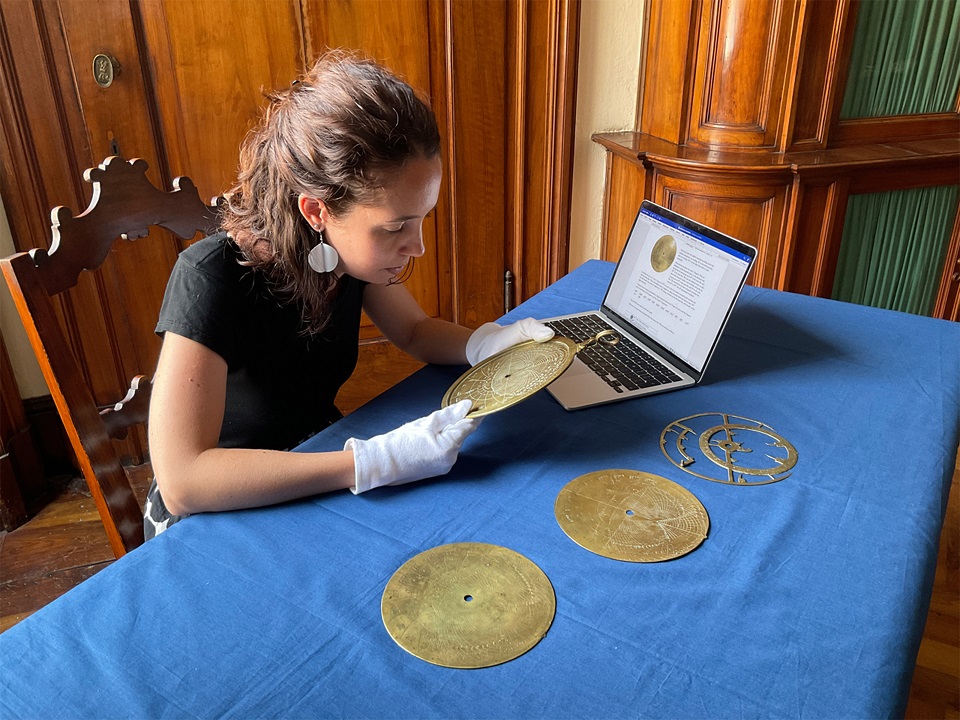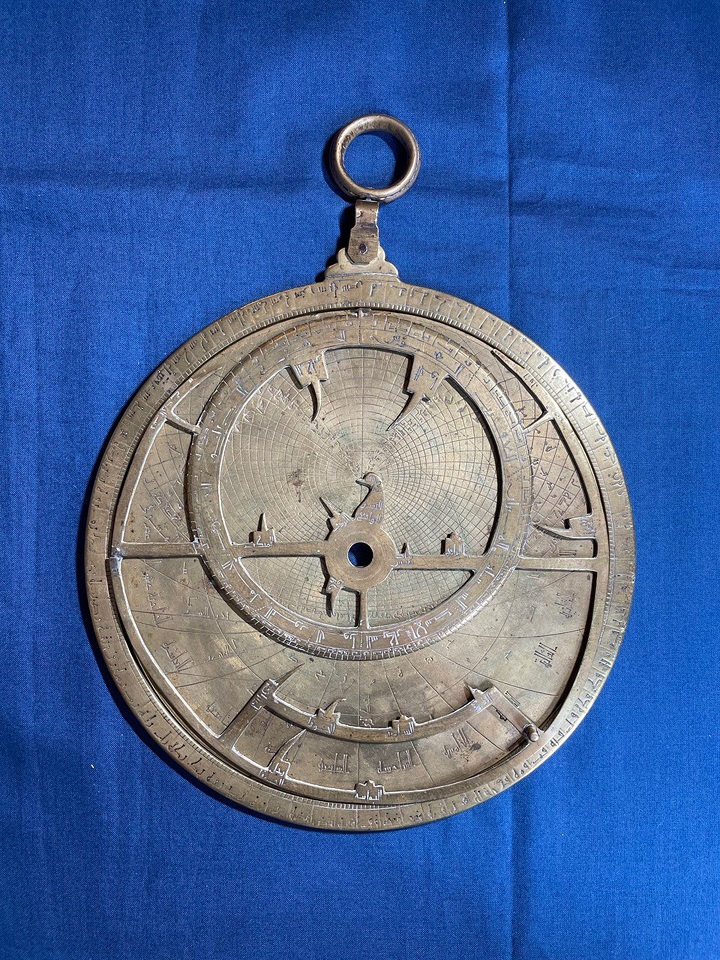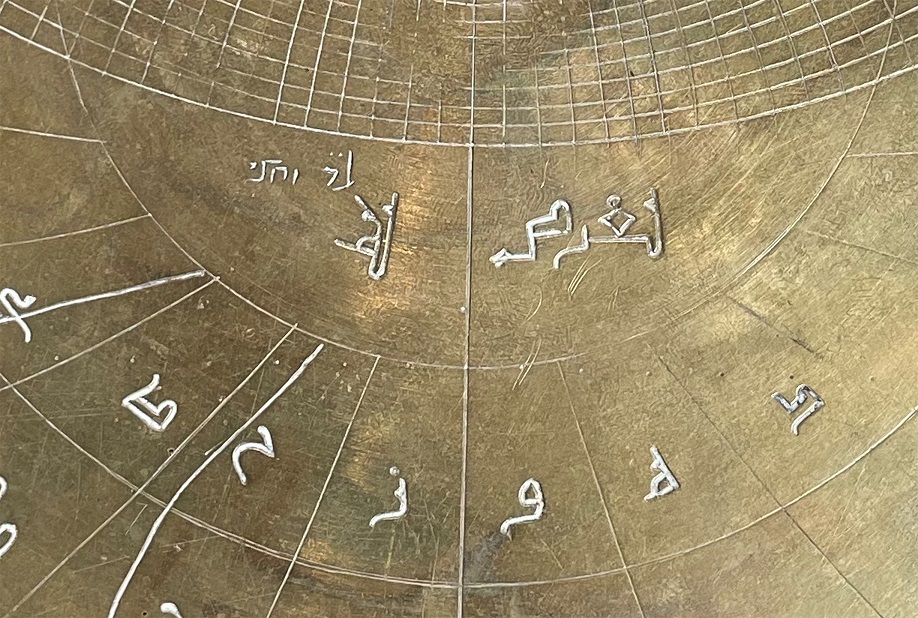Historian Dr Federica Gigante, a postdoctoral affiliate at ┬ę┬ū═©Ą└ŌĆÖs, has discovered a rare astronomical instrument - called an astrolabe - bearing Arabic and Hebrew inscriptions in a museum in Verona.
In an article published in Nuncius, Dr Gigante shows that the astrolabe was adapted, translated and corrected over centuries by Muslim, Jewish and ┬ę┬ū═©Ą└ian users in Spain, North Africa and Italy.
An astrolabe is a portable two-dimensional model of the universe which fits into the userŌĆÖs hand, enabling them to calculate time, distances, plot the position of the stars and even forecast the future, by casting a horoscope.
Dr Gigante came across a newly-uploaded image of the brass instrument by chance on the website of the Fondazione Museo Miniscalchi-Erizzo in Verona.
She said:
ŌĆ£When I visited the museum and studied the astrolabe up close, I noticed that not only was it covered in beautifully engraved Arabic inscriptions but that I could see faint inscriptions in Hebrew. I could only make them out in the raking light entering from a window. I thought I might be dreaming but I kept seeing more and more. It was very exciting.ŌĆØ

Dr Gigante, an expert on Islamic astrolabes and previously a museum curator of Islamic scientific instruments, dated and located the creation of the ŌĆśVerona astrolabeŌĆÖ by studying key characteristics.
The astrolabe features a ŌĆśreteŌĆÖ ŌĆō a pierced disk representing a map of the sky. By analysing the position of the stars on the rete, it is possible to calculate that they were placed in the position that stars had in the late 11th century, making it one of the earliest known made in Spain.

From the style of the engraving on the astrolabe, and the arrangement of the scales on the back ŌĆō Dr Gigante matched it to instruments made in Al-Andalus, the Muslim-ruled area of Spain, in the eleventh century.
Dr Gigante says that the astrolabe might have been made in Toledo at a time when it was a thriving centre of coexistence and cultural exchange between Muslim, Jews and ┬ę┬ū═©Ą└ians.

Jewish names in Arabic script inscribed on the astrolabe suggest that it circulated in the Sephardi Jewish community in Spain, where Arabic was the spoken language.
A second, added plate is inscribed for typical North African latitudes suggesting that another point of the objectŌĆÖs life, it was perhaps used in Morocco or Egypt.
Hebrew inscriptions reveal more. Dr Gigante said:
ŌĆ£Hebrew additions and translations suggest that at a certain point the object left Spain or North Africa and circulated amongst the Jewish diaspora community in Italy, where Arabic was not understood, and Hebrew was used instead.ŌĆØ
Twelfth-century Verona hosted one of the longest-standing and most important Jewish communities in Italy. The astrolabe is thought to have made its way into the collection of the Veronese nobleman Ludovico Moscardo (1611ŌĆō81) before passing by marriage to the Miniscalchi family. In 1990, this family founded the Fondazione Museo Miniscalchi-Erizzo where the astrolabe is kept today.
Dr Gigante said:
ŌĆ£This isnŌĆÖt just an incredibly rare object. ItŌĆÖs a powerful record of scientific exchange between Arabs, Jews and ┬ę┬ū═©Ą└ians over hundreds of years.ŌĆØ
F. Gigante, ŌĆśŌĆÖ, Nuncius (2024). DOI : 10.1163/18253911-bja10095
Read more about the astrolabe on the .
Photos: Federica Gigante and Federica Candelato

